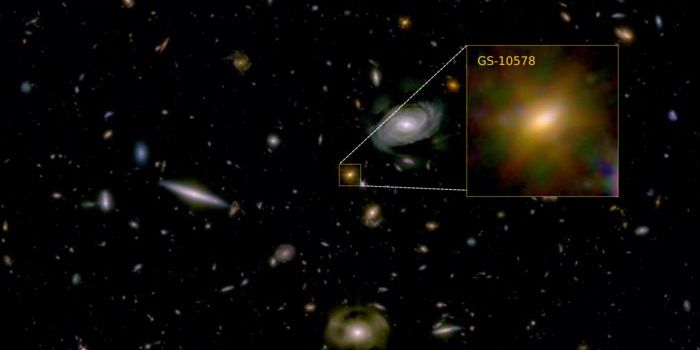Raman Spectroscopy Helps Track IBD Patient Response to Treatment
While there have been multiple methods of evaluating whether a patient with inflammatory bowel disease (IBD) is responding to treatment, mucosal healing is emerging as one of the key endpoints. However, it is oftentimes difficult to evaluate whether a patient is experiencing mucosal healing, with some patients presenting endoscopic evidence of mucosal healing and active histologic evidence of inflammation at the same time.
Researchers are exploring a method known as Raman spectroscopy, which shows promise as a way to provide more information about what’s going on with intestinal tissue at a molecular level and help doctors monitor a patient’s disease state. However, researchers acknowledge this approach has some limitations, including the difficulty of analyzing the collected data.
In a recent study published in PLOS ONE, researchers used a platform called SKiNET to overcome some of these limitations and evaluate the use of Raman spectroscopy in differentiating between active inflammation and mucosal healing, an approach they say could “provide insight into the potential role of an additional mode of healing: molecular healing, which could further ensure robust assessment of healing.”
Researchers were able to establish nuanced Raman spectral changes for the first time in IBD patients both before and after receiving biological therapy. They were also able to accurately tell the difference between tissue samples showing mucosal healing and those showing active inflammation. They concluded that Raman spectroscopy could provide more detailed information about molecular tissue changes following treatment in patients with conditions like ulcerative colitis (UC) and Crohn’s disease, offering clinicians an effective tool for helping patients manage their conditions.
The use of SKiNET in the study helped address one of the potential challenges of Raman spectroscopy: that it can often produce data signals that are difficult to analyze. SKiNET, which has previously been studied in ophthalmology contexts, is a supervised learning system tool and methodology that may help researchers more effectively analyze Raman spectroscopy data.
Researchers say that with more studies done across different centers, the use of Raman spectroscopy and SKiNET could become a regular part of treating and managing IBD.








